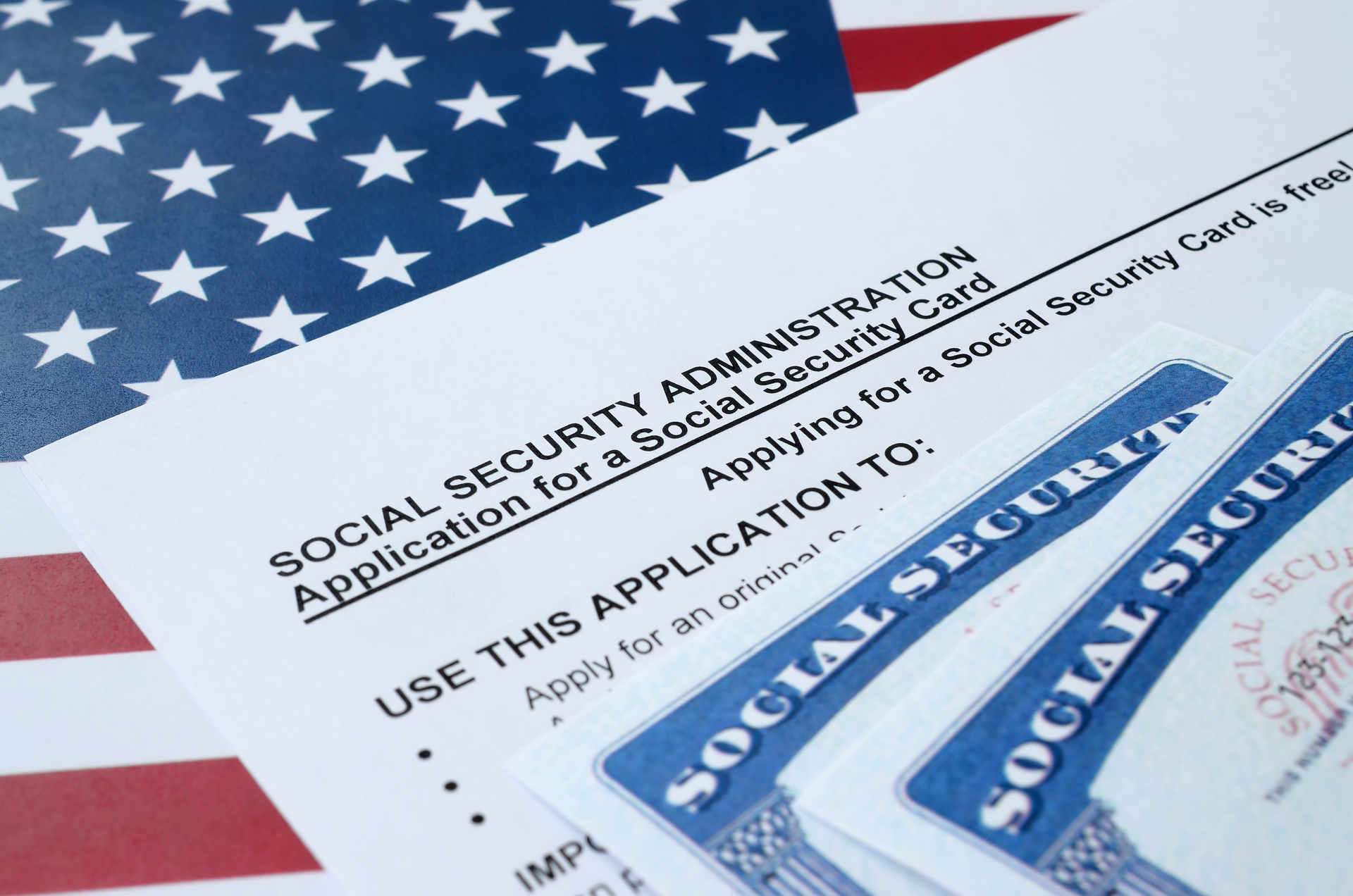
Introduction
Moving to Canada feels easy for Americans: familiar culture, English-speaking neighbors, healthcare that doesn’t bankrupt you. But when April rolls around, U.S. citizens discover something less familiar: filing taxes in two countries.
Unlike Canada, which taxes residents, the United States taxes citizens no matter where they live. So if you’re an American in Canada, you’ll be dealing with both the Canada Revenue Agency (CRA) and the IRS.
This 2025 guide explains the rules, the traps, and the opportunities for U.S. expats north of the border.
1. Filing Obligations in Both Countries
- U.S. (IRS): If your 2025 income is above $14,600 (single) or $29,200 (married filing jointly), you must file. The IRS taxes your worldwide income, even if it’s all earned in Canada.
- Canada (CRA): If you’re a Canadian tax resident, you must report worldwide income to the CRA. Residency depends on where your primary ties (home, family, work) are.
👉 Bottom line: most Americans in Canada must file two returns every year.
2. How the U.S.–Canada Tax Treaty Helps
The U.S.–Canada Income Tax Treaty is designed to avoid double taxation.
- Residency tie-breaker: If both countries claim you, the treaty sets rules to determine which takes precedence.
- Social Security vs. CPP: Ensures you don’t pay into both U.S. Social Security and Canada Pension Plan (CPP) at the same time.
- Retirement accounts: RRSPs (Registered Retirement Savings Plans) can be treated as tax-deferred for U.S. purposes if reported correctly.
👉 Important: The treaty doesn’t cancel your U.S. filing requirement. You must still file with the IRS every year.
3. Foreign Earned Income Exclusion (FEIE) vs. Foreign Tax Credit (FTC)
FEIE
The Foreign Earned Income Exclusion lets you exclude up to $130,000 (2025) of foreign wages or self-employment income if you qualify under:
- The Physical Presence Test (330 days abroad in a 12-month period), or
- The Bona Fide Residence Test (establishing residency in Canada).
FTC
The Foreign Tax Credit allows you to offset U.S. tax with Canadian income tax you’ve already paid.
Which works best?
Because Canadian tax rates are generally higher than U.S. rates, most expats in Canada find the FTC eliminates their U.S. tax liability. The FEIE is useful in some cases, but FTC is usually the better tool.
👉 Strategy: Run the numbers for both; the best choice depends on your income level and province.
4. Social Security vs. CPP Contributions
Thanks to the Totalization Agreement:
- Employees in Canada contribute to CPP, not U.S. Social Security.
- If you’re self-employed, the rules are trickier. Depending on your setup, you may owe into both systems unless you request a certificate of coverage.
👉 Tip: If you freelance or run a business, check carefully with both CRA and IRS rules to avoid double contributions.
5. Retirement Accounts: RRSPs, TFSAs, RESPs
- RRSPs (Registered Retirement Savings Plans): Recognized by the treaty. With proper reporting (often via Form 8833), income inside the account can be deferred for U.S. tax purposes. Withdrawals are taxable in both countries.
- TFSAs (Tax-Free Savings Accounts): Not recognized by the treaty. The IRS may treat income inside as taxable annually.
- RESPs (Registered Education Savings Plans): Same issue as TFSAs — tax-free in Canada, often taxable by the IRS.
- 401(k)/IRAs: Stay U.S. tax-advantaged but may trigger Canadian reporting or partial taxation.
👉 Action step: Get advice before opening or contributing to Canadian accounts; some are IRS-friendly, others create extra reporting and taxes.
6. FBAR & FATCA: Reporting Canadian Accounts
Two additional reporting requirements catch many expats:
- FBAR (FinCEN Form 114): Must be filed if your total Canadian account balances exceed $10,000 USD at any point in the year. Includes checking, savings, RRSPs, and joint accounts.
- FATCA (Form 8938): Similar to FBAR but with higher thresholds (e.g., $200,000 for single filers abroad).
👉 Canadian banks report U.S. account holders to the IRS under FATCA. Even if you forget, the IRS may already know.
7. Common Pitfalls for Americans in Canada
- Assuming filing in Canada is enough: It isn’t. The IRS still requires a return.
- Forgetting FBAR: Everyday accounts count toward the $10,000 threshold.
- Owning Canadian mutual funds: These are usually treated as PFICs (Passive Foreign Investment Companies) by the IRS, which means complex and punitive tax treatment.
- Using TFSAs/RESPs without planning: They’re tax-free in Canada but may be taxable in the U.S.
8. Filing Deadlines in 2025
- Canada: April 30 (individuals), June 15 (self-employed).
- United States: April 15, but expats get an automatic extension to June 15. You can request an additional extension to October 15.
👉 Strategy: File your Canadian return first, then use those figures to calculate your U.S. Foreign Tax Credit.
9. Practical Filing Tips for 2025
- Track exchange rates: Report Canadian income in USD using IRS-approved yearly averages.
- Keep proof of Canadian taxes paid: Essential for claiming FTC.
- Choose FEIE vs. FTC carefully: Most expats in Canada benefit more from FTC.
- Report all accounts: Don’t risk FBAR penalties (starting at $10,000).
- Get professional help if needed: Cross-border returns are among the most complex worldwide.
Conclusion
Living in Canada is a dream for many Americans, but the tax rules are a reality check. You’ll file in both countries, juggle treaty benefits, and report every account. Handle it right, and you can avoid double taxation and stay compliant. Handle it wrong, and penalties pile up fast.
📌 Final takeaway: Canada may be your new home, but the IRS still has your number. Use the treaty, claim your credits, and file everything properly — that way, you keep your focus on hockey and maple syrup, not audits.
Stay Ahead of Tax Season
Join the EdgeLetter our monthly newsletter with quick tax tips, expat deadlines, and freelancer reminders.
.png)
.png)

























.png)